Boron nitride has long been considered a chemically inert ceramic material, but recently, this material has exhibited unexpected activity in the field of catalysis, causing widespread concern. Different morphologies of boron nitride (such as nanosheets, nanotubes) have been successfully used to catalyze some important industrial processes, such as acetylene hydrochlorination and propane dehydrogenation. According to these findings, the catalytic activity of boron nitride is derived from various defects and edge effects in its structure. However, the precise active site and catalytic mechanism of BN are still unclear.

Recently, Yang Wenrong Research Group of Deakin University in Australia cooperated with Chen Ying Research Group to detect the working mechanism of boron radicals and their catalytic reactions in boron nitride nanostructures for the first time. Through chemical experiments and theoretical calculations, they confirmed that boron radicals are active sites for boron nitride catalyzed reactions. Experimentally, the team used boron radicals to quench a stable active free radical (2,2-diphenyl-1-picrylhydrazyl, DPPH), and the density of boron radicals on the surface of boron nitride (nanosheets or nanoparticles) is determined by electron spin resonance (ESR) spectroscopy. Density functional theory (DFT) calculations show that boron radicals are generated at the defects and edges of boron nitride nanosheets. By strong ultrasonic stripping, the authors increased the number of boron-nitrogen bond cleavage and produced more defects and unsaturated boron atoms (boron radicals), which made the quenching effect on DPPH stronger. Interestingly, by comparison experiments, boron nitride was modified with different terminal groups (amino or hydroxyl) without affecting the detected free radical strength and catalytic activity. This further confirms that the active site is a boron radical centered on a boron atom, rather than other groups centered on a nitrogen atom or an oxygen atom.
Subsequently, the research team successfully used boron nitride nanosheets for the catalytic oxidation of hydrogen peroxide to 3,5,3',5'-tetramethylbenzidine (TMB). They found that boron radicals can promote the catalytic decomposition of hydrogen peroxide, and the formed hydroxyl radicals further react with colorless TMB, and are oxidized into a blue, diimine-type product by transfer of their own electrons. The hydroxyl radical generated by the decomposition of hydrogen peroxide can be captured by a 5,5-dimethyl-1-pyrroline N-oxide (DMPO) and determined by ESR spectroscopy. It has been found through experiments that the presence of boron nitride nanosheets promotes the generation of hydroxyl radicals. This study first proposed a catalytic reaction mechanism based on boron radicals, which is a new way for the development of boron nitride in the field of catalysis.
Boron Radicals Identified as the Source of the Unexpected Catalysis by boron Nitride Nanosheets
Zhen Liu, Jingquan Liu, Srikanth Mateti, Chunmei Zhang, Yingxin Zhang, Lifen Chen, Jianmei Wang, Hongbin Wang, Egan H. Doeven, Paul S. Francis, Colin J. Barrow, Aijun Du, Ying Chen and Wenrong Yang
ACS Nano, 2019, DOI: 10.1021/acsnano.8b06978
For more information, please visit https://www.preciseceramic.com/.

Recently, Yang Wenrong Research Group of Deakin University in Australia cooperated with Chen Ying Research Group to detect the working mechanism of boron radicals and their catalytic reactions in boron nitride nanostructures for the first time. Through chemical experiments and theoretical calculations, they confirmed that boron radicals are active sites for boron nitride catalyzed reactions. Experimentally, the team used boron radicals to quench a stable active free radical (2,2-diphenyl-1-picrylhydrazyl, DPPH), and the density of boron radicals on the surface of boron nitride (nanosheets or nanoparticles) is determined by electron spin resonance (ESR) spectroscopy. Density functional theory (DFT) calculations show that boron radicals are generated at the defects and edges of boron nitride nanosheets. By strong ultrasonic stripping, the authors increased the number of boron-nitrogen bond cleavage and produced more defects and unsaturated boron atoms (boron radicals), which made the quenching effect on DPPH stronger. Interestingly, by comparison experiments, boron nitride was modified with different terminal groups (amino or hydroxyl) without affecting the detected free radical strength and catalytic activity. This further confirms that the active site is a boron radical centered on a boron atom, rather than other groups centered on a nitrogen atom or an oxygen atom.
Subsequently, the research team successfully used boron nitride nanosheets for the catalytic oxidation of hydrogen peroxide to 3,5,3',5'-tetramethylbenzidine (TMB). They found that boron radicals can promote the catalytic decomposition of hydrogen peroxide, and the formed hydroxyl radicals further react with colorless TMB, and are oxidized into a blue, diimine-type product by transfer of their own electrons. The hydroxyl radical generated by the decomposition of hydrogen peroxide can be captured by a 5,5-dimethyl-1-pyrroline N-oxide (DMPO) and determined by ESR spectroscopy. It has been found through experiments that the presence of boron nitride nanosheets promotes the generation of hydroxyl radicals. This study first proposed a catalytic reaction mechanism based on boron radicals, which is a new way for the development of boron nitride in the field of catalysis.
Boron Radicals Identified as the Source of the Unexpected Catalysis by boron Nitride Nanosheets
Zhen Liu, Jingquan Liu, Srikanth Mateti, Chunmei Zhang, Yingxin Zhang, Lifen Chen, Jianmei Wang, Hongbin Wang, Egan H. Doeven, Paul S. Francis, Colin J. Barrow, Aijun Du, Ying Chen and Wenrong Yang
ACS Nano, 2019, DOI: 10.1021/acsnano.8b06978
For more information, please visit https://www.preciseceramic.com/.











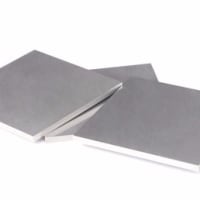
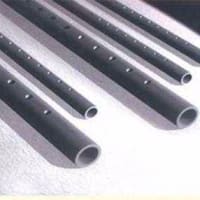
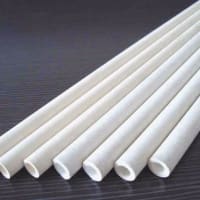

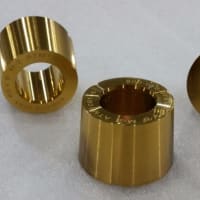

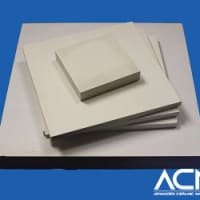
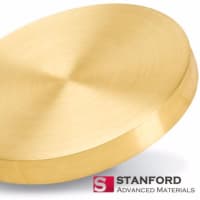
※コメント投稿者のブログIDはブログ作成者のみに通知されます